
14 Warning Signs of Low Magnesium Levels and What to Do About It (Science Based)

Magnesium deficiency is often called an “invisible deficiency.” Its warning signs — muscle cramps, fatigue, nausea, tingling, constipation — can mimic other conditions and easily be missed. Yet long-term low magnesium is linked to serious problems like osteoporosis, heart disease, high blood pressure, and kidney stones. Because common causes (chronic diarrhea, heavy alcohol use, certain medications) can lower magnesium absorption, it’s important to recognize the signs and know how to test and treat the deficiency.
What Magnesium Does in Your Body
Magnesium is an essential mineral involved in over 300 biochemical reactions. It supports healthy bones, muscles, nerves, heart function, blood pressure regulation, blood sugar control and energy production. Roughly half of the body’s magnesium is stored in bone; the rest is in tissues and a small amount in blood. When blood magnesium is low, the condition is called hypomagnesemia.
Magnesium, Vitamin D & Calcium — How They Interact
Magnesium is tightly linked with vitamin D and calcium. Magnesium helps activate and regulate vitamin D, and it also helps the body remove excess calcium. Imbalances among these minerals can raise inflammation and increase the risk of chronic disease. That’s why correcting magnesium often improves vitamin D function and supports bone and cardiovascular health.
How to Test Magnesium Levels
A routine blood test can measure magnesium, but because most magnesium sits in bones and cells, blood tests don’t always tell the full story. If symptoms suggest deficiency but blood levels appear normal, discuss additional testing options with your doctor.
14 Common (Easily Missed) Signs of Magnesium Deficiency
-
Muscle cramps & spasms — leg cramps, twitches and muscle tics are common early signs.
-
Numbness and tingling — pins-and-needles sensations in hands or feet can indicate low magnesium.
-
Loss of appetite — persistent low appetite may point to deficiency.
-
Fatigue & weakness — chronic tiredness and low energy often correlate with low magnesium.
-
Nausea and vomiting — ongoing nausea can be a subtle deficiency symptom.
-
Arrhythmias (irregular heartbeat) — magnesium helps regulate heart rhythm; low levels can trigger arrhythmias.
-
Personality changes — mood shifts and depressive symptoms have been linked to low magnesium.
-
Anxiety — magnesium plays a role in neurotransmitter balance and stress response.
-
Sleep problems — insomnia or poor sleep quality may improve with magnesium correction.
-
Constipation — magnesium softens stools and supports gut motility; low levels can cause constipation.
-
Cravings for chocolate — the body may crave magnesium-rich foods like dark chocolate.
-
High blood pressure — magnesium relaxes blood vessels; deficiency can contribute to hypertension.
-
Headaches and migraines — low magnesium is associated with more frequent headaches.
-
Worsened PMS — magnesium supplementation has been shown to reduce premenstrual symptoms.
If you experience several of these symptoms, consider discussing magnesium testing with your healthcare provider.
Common Causes of Low Magnesium
-
Modern farming & food processing — soil depletion and processing lower mineral content in foods.
-
Water treatment — many water purification systems remove natural minerals like magnesium.
-
Chronic diarrhea — reduces absorption and increases losses.
-
Excess alcohol — alcoholism is a major contributor to deficiency.
-
Diuretics — long-term diuretic use can deplete magnesium.
-
Excessive exercise — intense training can lower magnesium levels.
-
Proton pump inhibitors (acid reflux meds) — long-term use impairs magnesium absorption.
-
Age — absorption can decline in older adults.
-
Diabetes — insulin resistance and blood sugar dysregulation can lower magnesium.
Health Conditions Linked to Low Magnesium
Longstanding deficiency is associated with:
-
Osteoporosis (bone loss)
-
Heart disease and abnormal coronary function
-
Asthma/exacerbated respiratory issues
-
Hypertension (high blood pressure)
-
Kidney stones
-
Type 2 diabetes and insulin resistance
How to Prevent and Treat Magnesium Deficiency
Diet first
Boost magnesium naturally with whole foods. Top sources include:
-
Leafy greens (spinach, Swiss chard)
-
Nuts & seeds (almonds, pumpkin seeds, cashews, sunflower seeds)
-
Whole grains (oatmeal, whole wheat, brown rice)
-
Legumes (beans, lentils)
-
Fish & lean meats (tuna, chicken)
-
Dairy (milk in moderation)
Cedars-Sinai lists cereals, broccoli, carrots, nuts, seeds, lean meats and milk among helpful options.
Supplements
Magnesium supplements can be useful when diet alone isn’t enough. Common forms:
-
Magnesium citrate — well absorbed, commonly used.
-
Magnesium glycinate — gentler on the stomach, good for sleep/mood.
-
Magnesium oxide — less well absorbed, sometimes used as a laxative.
Always consult your healthcare provider before starting supplements, especially if you have kidney disease or take medications that interact with magnesium.
Recommended Daily Intake (NIH guidelines)
-
Ages 19–30: men 400 mg, women 310 mg (pregnant 350 mg)
-
Ages 31+: men 420 mg, women 320 mg (pregnant 360 mg)
Your exact needs vary by age, sex, pregnancy status and health conditions—ask your doctor for personalized advice.
Final Notes
Magnesium is crucial to many aspects of health — from bones and heart rhythm to mood and sleep. Because deficiency is common and symptoms are often subtle or misattributed, it’s worth considering if you suffer from muscle cramps, chronic fatigue, sleep problems, constipation, anxiety, migraines, or high blood pressure. A combined approach of diet, lifestyle adjustments, and guided supplementation (when needed) can correct deficiency and improve quality of life.
News in the same category


Top 10 Foods to Heal Knee Pain and Boost Cartilage Naturally

Blood Type O Diet: What to Eat and What to Avoid

7 nutrients that actually repair nerves

This one vitamin could help stop you from waking up to pee every night

The Cold Room Sleep Trick That Can Transform Your Health

Why You Keep Waking Up at Night
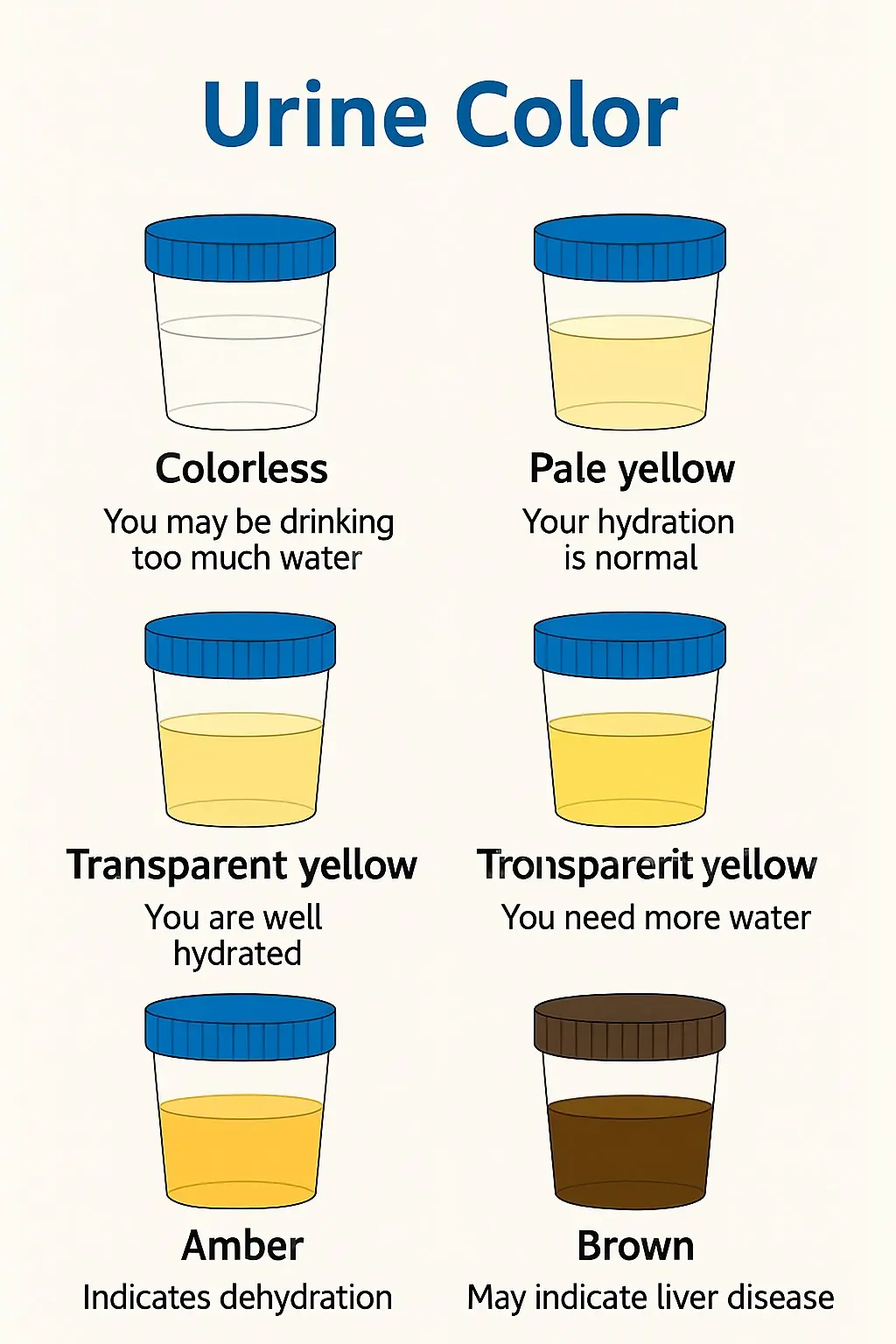
What Your Urine Color May Be Telling You (Gently & Naturally)
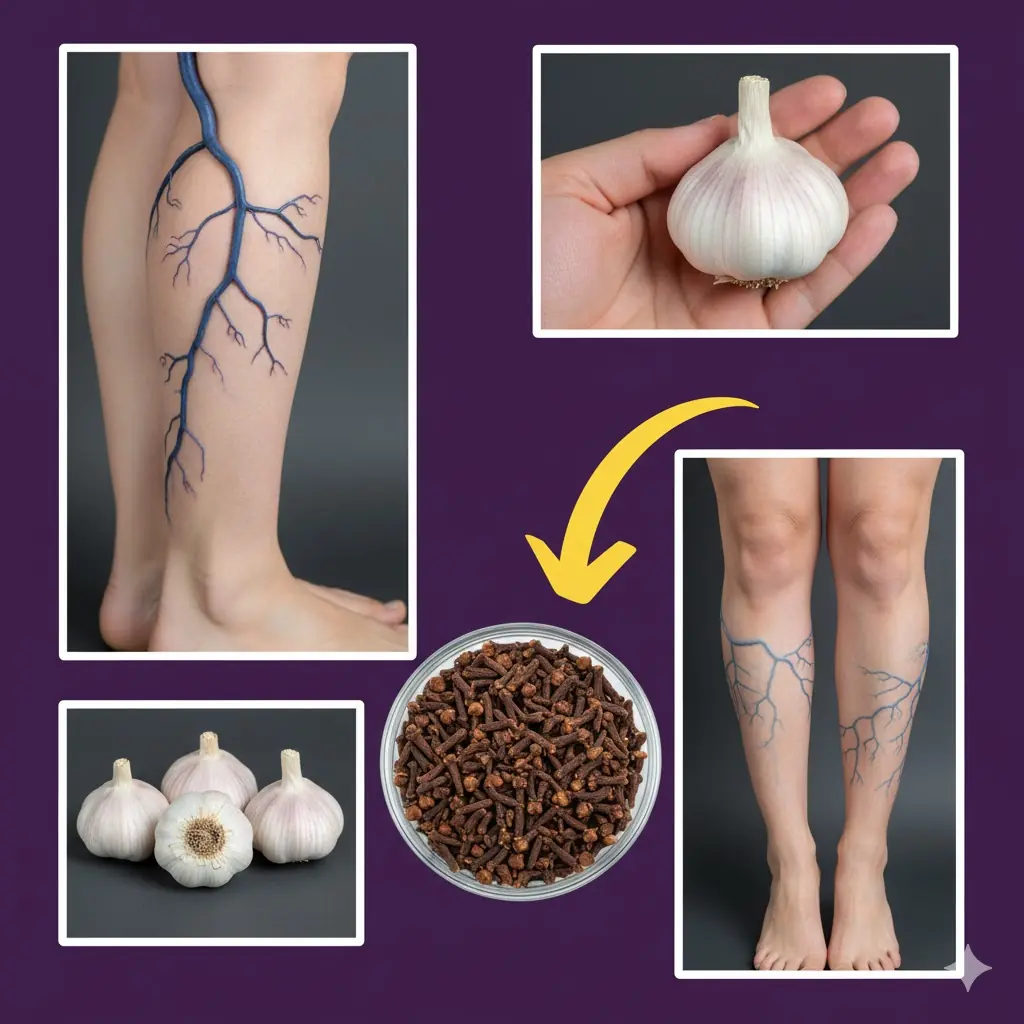
Soothe Leg Pain Naturally: Garlic & Clove Remedy for Joints, Circulation, and Comfort
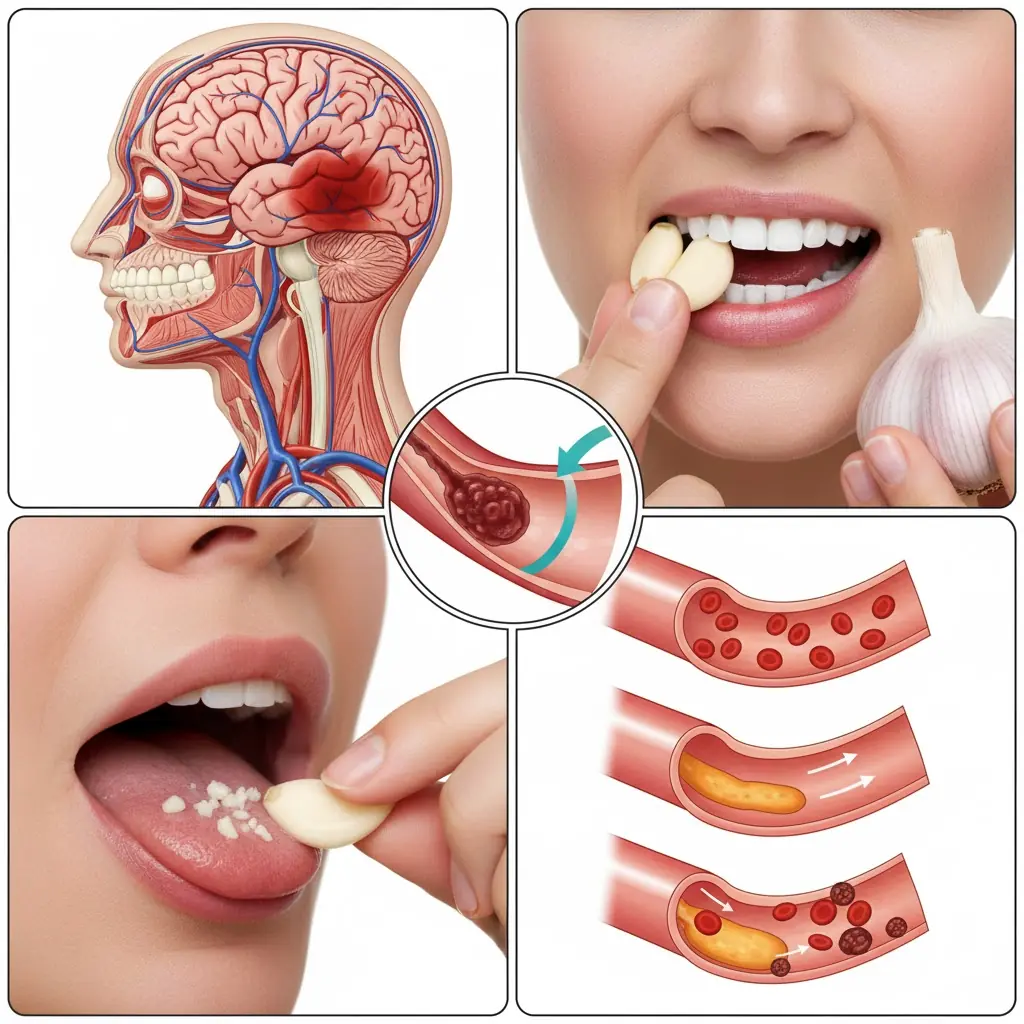
Eat Garlic — But Avoid This Common Mistake! | 95% of People Don’t Know This Simple Trick

Home Remedies For Kidney Stones – 21 Remedies For Effective Pain Relief

Eat One Clove of Garlic Every Morning on an Empty Stomach – and Watch These 12 Health Benefits Unfold!

Never do this when flying; many people have ruined their lives because they didn’t know better

Public Health Experts Stress Vaccination as Key to Preventing Severe and Long COVID

People who are about to be affected by cancer often show three unusual signs in the neck; even having just one of them can be a warning for your health
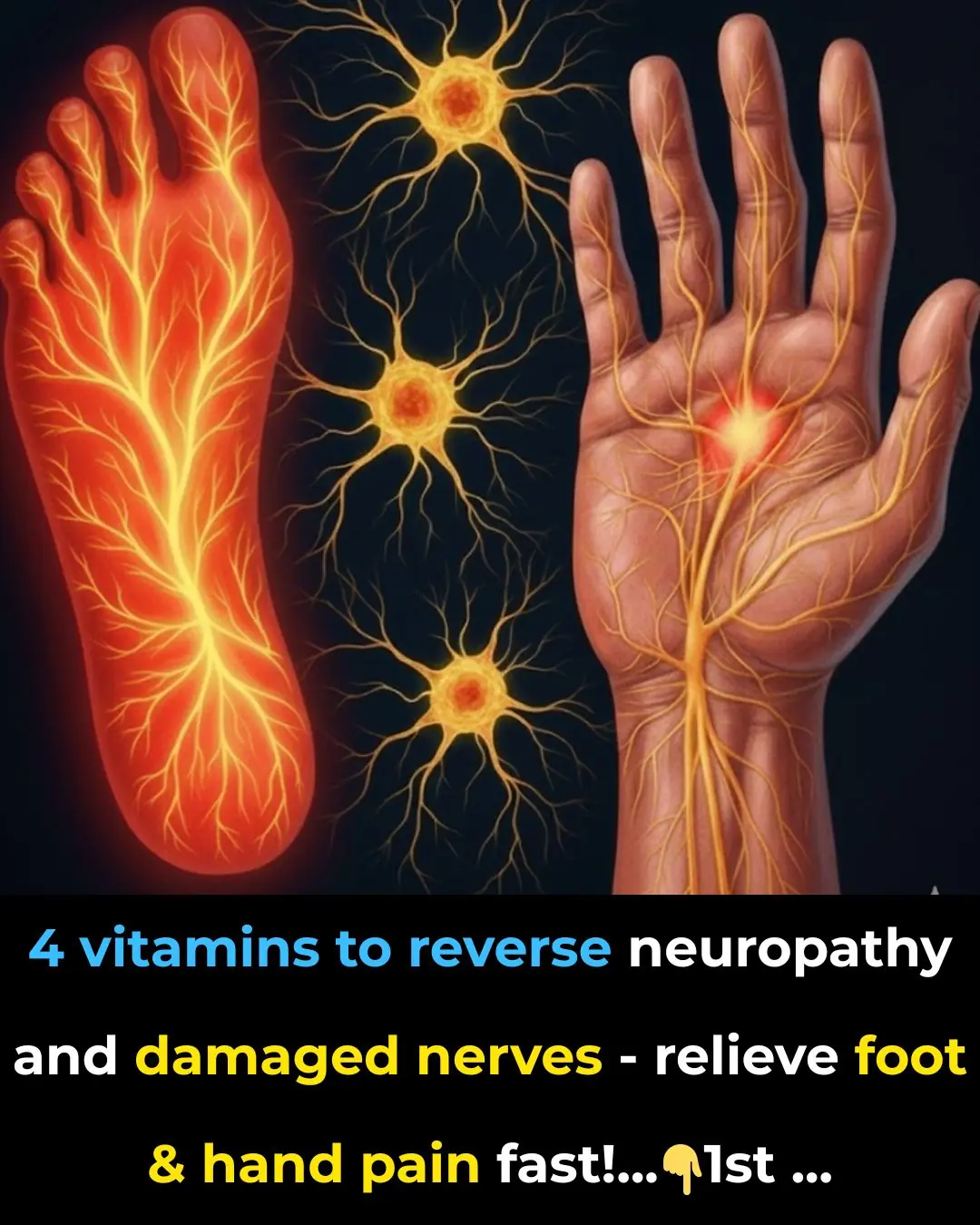
4 vitamins to reverse neuropathy and damaged nerves – relieve foot & hand pain fast!
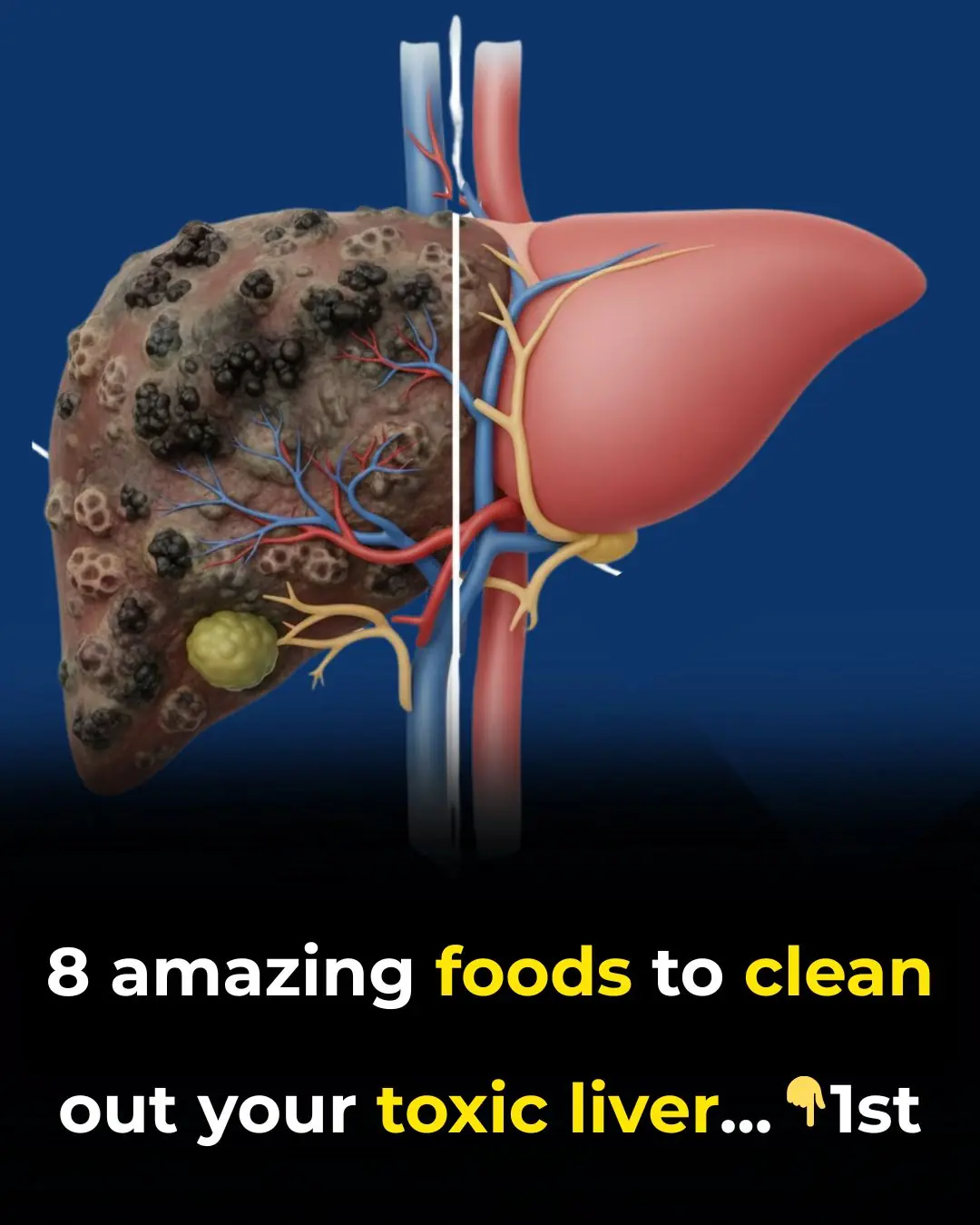
8 Amazing Foods To Clean Out Your Toxic Liver

Stem Cell Breakthrough Offers New Hope for Reversing Diabetes in Early Human Trials
News Post

I Didn't Tell My Husband's Family I Speak Their Language, and It Helped Me Uncover a Sh0cking Secret About My Child

How I Exp0sed My Husband’s Li es: A Cheating Anniversary He'll Never Forget

THE CAT THAT BR0KE ALL THE RULES: A POLICE OFFICER'S UNEXPECTED MISSION

Mullein: Exploring the Benefits of Leaves, Flowers, and Roots

Airport X-Ray Scanners Upgrade: Shocking Level of Details

From White Hair to Naturally Darker Hair: Fast Home Remedies & Growth Tips

Teen told he just had ‘growing pains’ dies day after diagnosis

7 Ways To Use Vaseline For Wrinkle Free, Flawless Skin

EVERYTHING JAMES FRANCO SAID ABOUT BEING ‘CAST OUT’ FROM HOLLYWOOD DURING HIATUS

The #1 seed that makes bones & muscles strong—how to use it!

Strictly Come Dancing star eliminated from competition on their birthday

Top 10 Foods to Heal Knee Pain and Boost Cartilage Naturally

Blood Type O Diet: What to Eat and What to Avoid

7 nutrients that actually repair nerves

Coronation Street's Lucy Fallon shows off huge ring as she announces engagement

MAFS UK’s ‘strongest’ couple split after romantic display at reunion

The Versatility and Benefits of Orange Peel Powder

The Hidden Power of the Honey Locust Tree (Gleditsia triacanthos): Health, Healing, and Everyday Uses
